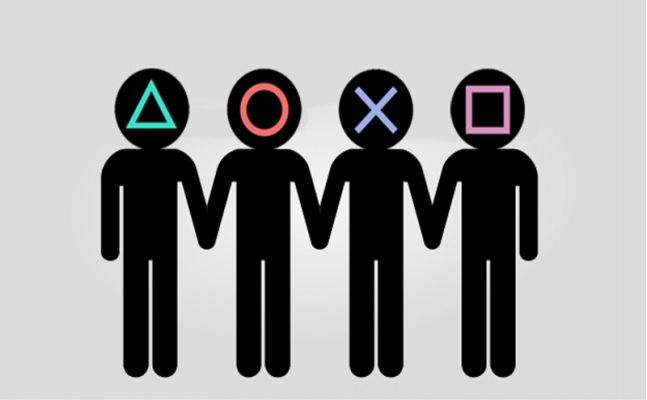The pandemic hasn’t changed the way we measure employee productivity!
- Gayatri
- Saturday | 27th June, 2020

The pandemic is forcing more people than ever before to work from home, pushing enterprise leaders to question existing ways of tracking employee productivity. First, there was "work-life balance." Then we transitioned to "work-life harmony." Now the latest catchphrase is "work-life integration."
The pandemic is forcing more people than ever before to work from home, pushing enterprise leaders to question existing ways of tracking employee productivity. First, there was "work-life balance." Then we transitioned to "work-life harmony." Now the latest catchphrase is "work-life integration." There’s no doubt that Covid-19 has been a game-changer for the business community, the full effects of which we’re yet to experience and properly contextualize.
In this modern employment climate, supervisors no longer micromanage their employees’ every move. Neither do they care how many hours employees clock in. Managers are thought of as coaches and mentors, not as bosses in the traditional sense of the term. The future of workforce management is increasingly anchored around broader assessment criteria and individual ownership of work. This is especially important given business divisions where targets aren’t as clear cut, as would be the case with sales or manufacturing. If you want the best, look for tools that provide the following:
Instant feedback: Applications that facilitate feedback management help managers align important objectives, provide immediate comments to their team members and ensure that reviews are expertly done.

Activity Oversight: Social media groups and text messages are fast becoming obsolete. When it comes to workplace communication, secure, centralized solutions are the new normal. Managers can use them to prompt employees to review and agree to communication policies and add or remove members.
.jpg)
Predictable scheduling: As policies regarding predictable scheduling continue to expand across the globe, more and more firms rely on tools that allow employees to initiate voluntary schedule changes through shift swaps. They empower workers to choose shifts on their own and be more autonomous.
Boost Employee Engagement, And Productivity Follows: Today’s workforce wants jobs that come with a sense of purpose, and once employees find the right fit, engagement soars. This is especially true for the millennial generation and younger employees in general.
Set Clear Expectations, And Regularly Stay In Touch: Considering that we have less opportunity for face-to-face meetings, it’s imperative that managers communicate clearly about what’s expected of employees. Better yet is to involve employees in creating performance expectations. The best way for employees to know what’s expected of them is to establish regular, predictable meetings.

Many people already worked from home before the pandemic hit, but the way we measure employee productivity has been evolving for years. To manage today’s workforce, companies need to continue to embrace new tools, boost employee engagement, set clear expectations and regularly stay in touch. This is the only way for enterprises to compete successfully in a technological reality that’s undeniably here to stay.

If You Like This Story, Support NYOOOZ
Your support to NYOOOZ will help us to continue create and publish news for and from smaller cities, which also need equal voice as much as citizens living in bigger cities have through mainstream media organizations.


.png)
1.png)
.png)
.png)





